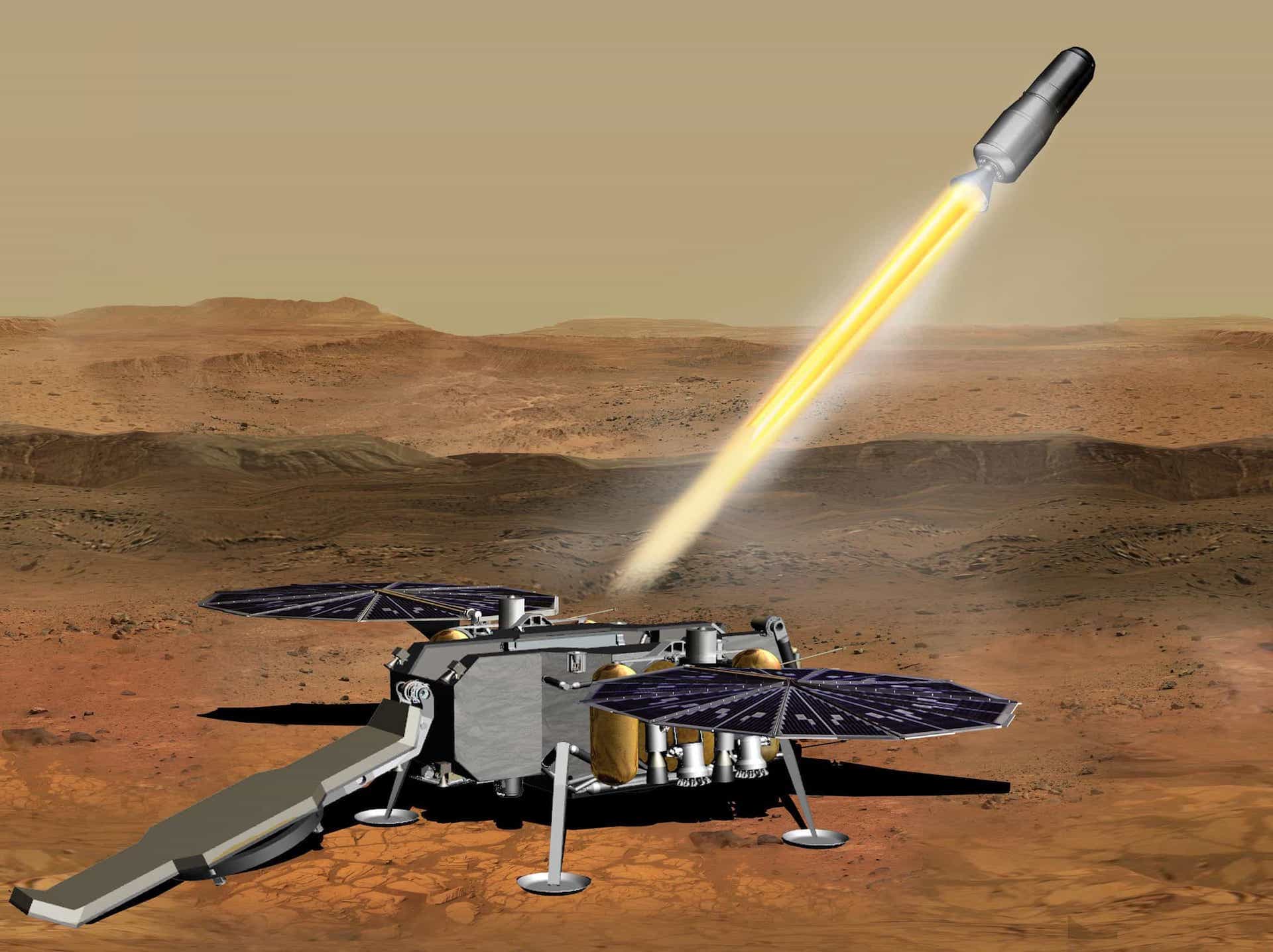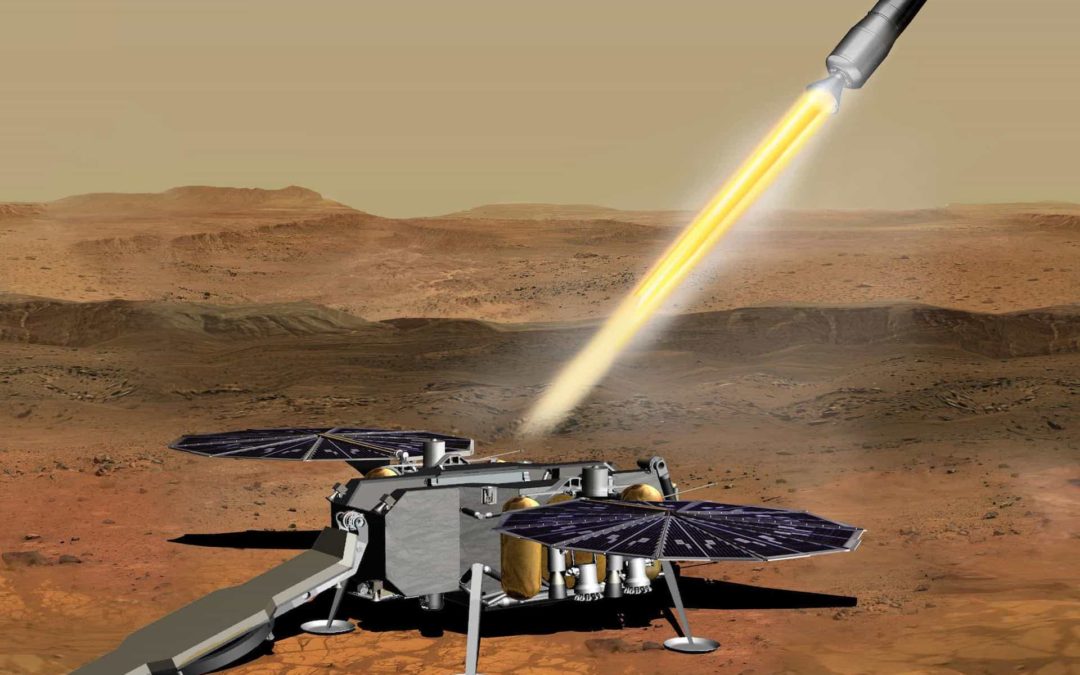
For the first time in our history we are ready to travel to another planet and collect samples to bring back home. The promising news was published in a report by the MSR Independent Review Board, IRS, at NASA last week.
The Mars Sample Return is a valuable step for space exploration and the promise of a future colonization of our neighbor. With the possibility of analyzing the samples in our high technology laboratories on Earth, many questions of astro-biological nature could possibly be answered.
“Mars Sample Return is something NASA needs to do as a leading member of the global community,” said NASA Administrator Jim Bridenstine.
The mission will require advanced technology with a detailed plan consisting of three main parts: the trip to the planet, the collection of samples and the return to Earth. To be able to do this, several rovers and vehicles will be involved.
The first space vehicle will land on the surface and collect the samples. The samples will then be transported by a rover to a Mars Ascent Vehicle, a vehicle with the possibility of placing the samples in orbit. While in orbit the samples can be collected by a return orbiter, for the final stage of the mission. If the mission is successful, the samples could reach Earth’s surface in the 2030s.
In the search for extraterrestrial life, it is crucial to divide the mission into several parts. This is done to lower the risk for contaminated samples. When sending Earth-made vehicles to another planet there is a risk of Earth-molecules mixing with Martian ones, which later could be mistaken for signs of life on Mars. This is of course also a risk when transporting the samples to Earth, as the consequences of mixing material from Mars with material from our own planet are unknown.
This year, in June, NASAs Mars 2020 Perseverance rover began its journey to the red planet. Perserverance is planned to reach Martian soil by February 2021, where it will collect samples in the search for microbial life. For this purpose, the rover has a uniquely developed drilling system.
Difficult challenges will of course arise as the mission develops, and an important factor for success is a close collaboration with the European Space Agency (ESA). Now we have to wait and see how NASA will decide to continue the mission, a call they have promised to make within a year.





